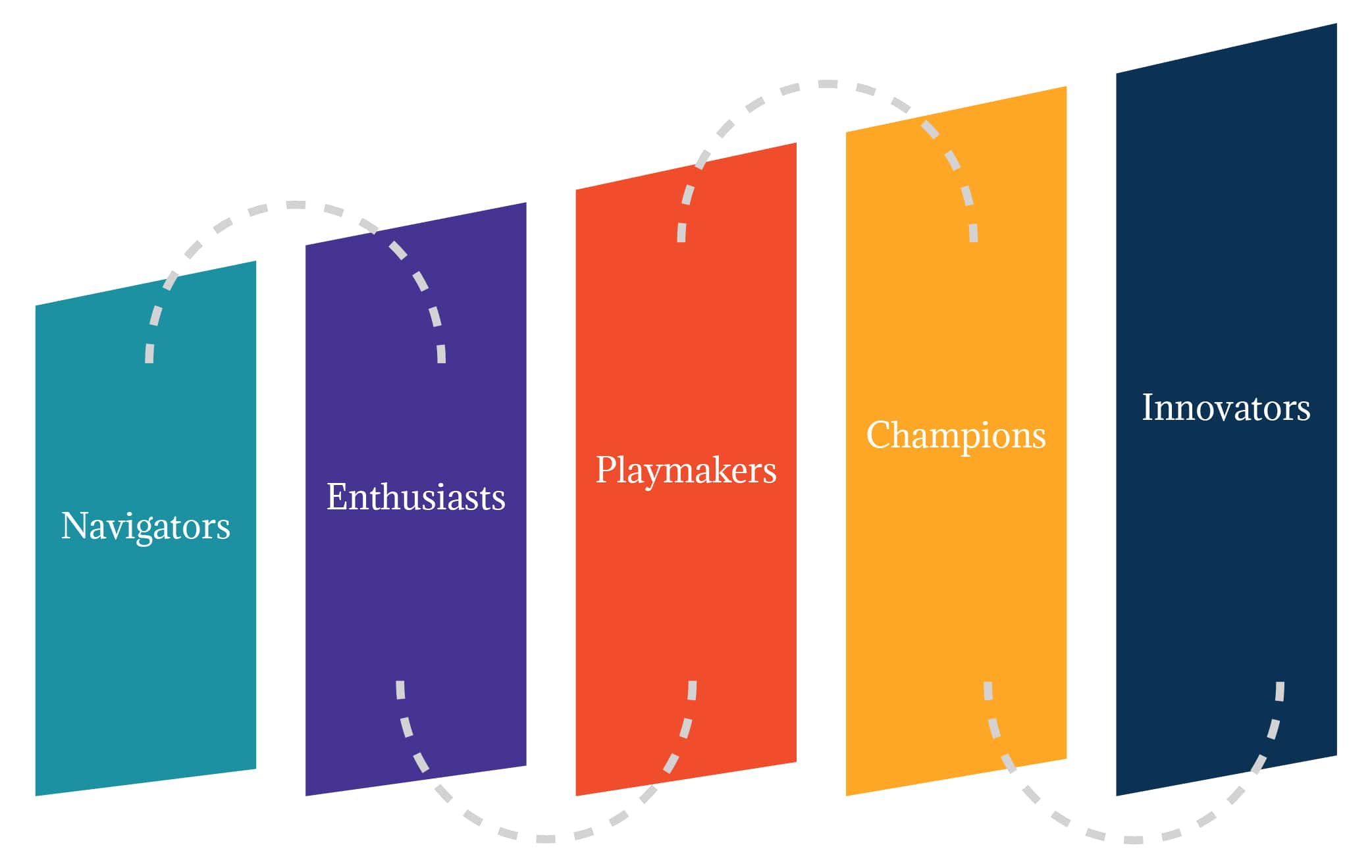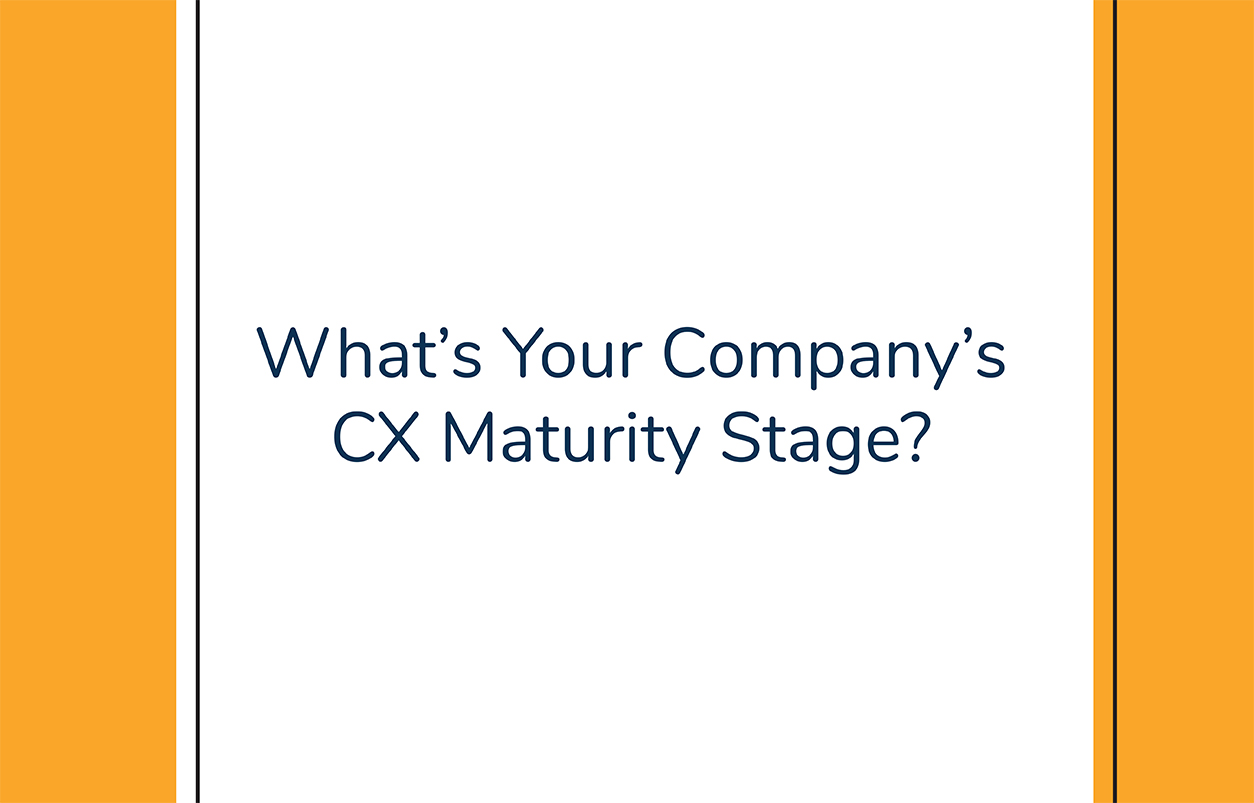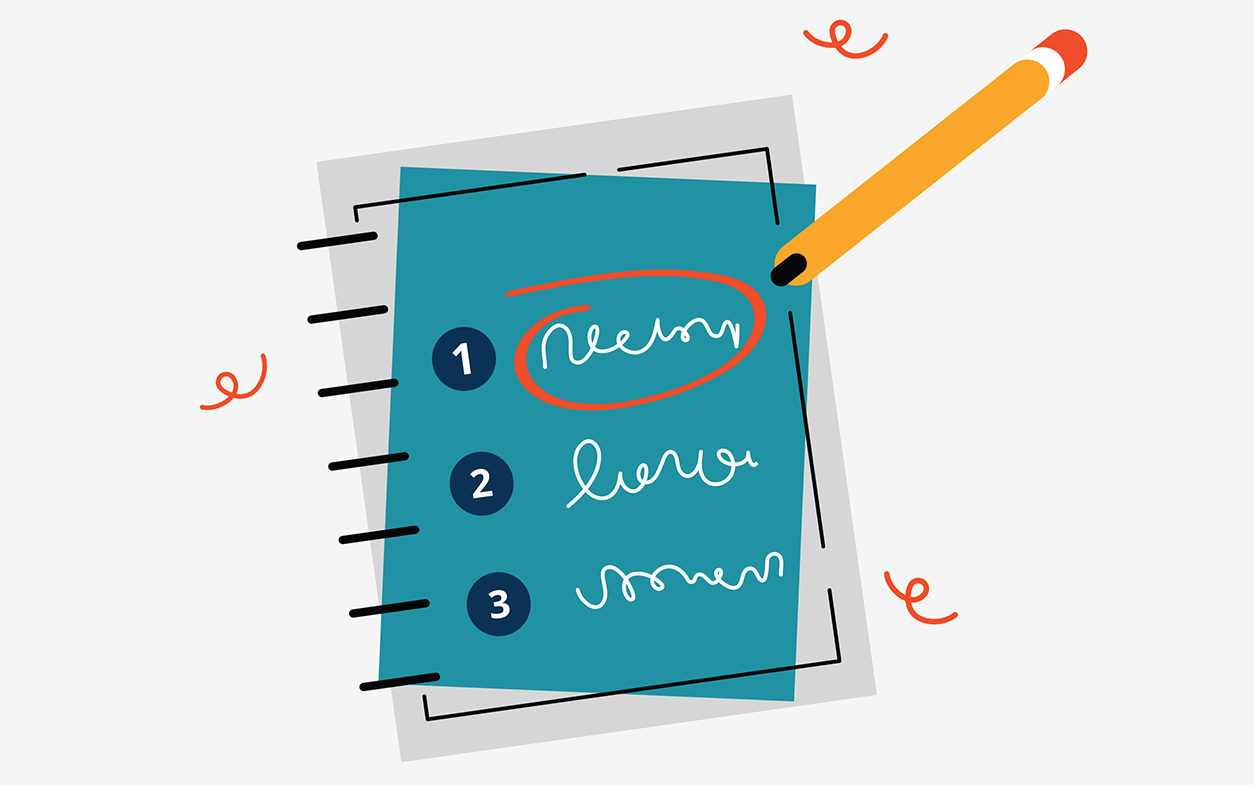Customer Experience Maturity Model
Discover. Progress. Transform.
Are you using a Customer Experience Maturity Model to guide your strategy?

Just as people (and their goals) mature and evolve over time, so does your customer experience strategy and program. And, much like people, customer experience programs mature at different speeds, for different reasons, and in a variety of ways.
One of the many roles of a CX leader is to understand and guide the maturity of their customer experience program.
But, doing so hardly comes with an exact blueprint. With countless factors impacting customer experience (budget, resources, data capabilities, organizational and market dynamics), it can be challenging to determine the best way to even assess your current CX state, let alone how to grow and evolve it when the time is right.
Fortunately, using a Customer Experience Maturity Model can help any leader, at any stage, overcome these challenges.
In fact, even taking the first step in assessing and understanding your company’s current CX Maturity stage helps leaders (and their teams!) leverage strengths, make better use of resources, and focus CX efforts where they’re most impactful.

It’s like taking your CX in for its annual check-up, identifying the areas that are negatively and positively impacting it, and leaving with a plan that leverages its strengths to improve weaknesses and achieve its goals. And the best part? You won’t get stuck with an enormous bill afterwards; using a Customer Experience Maturity Model is, much like our favorite helpful tools, totally free.
From identifying key areas for improvement and aligning upgrades with customer needs, to building a more customer-centric culture to drive business growth, discovering your current CX Maturity stage helps you gain clarity on where your CX program stands and, more importantly, where it can go.
Ready to discover your Customer Experience Maturity stage?
A Proven Customer Experience Maturity Model

Navigators CX Maturity Stage
Organizations that fit the Navigator profile work hard to understand customer needs and challenges. They do all they can to navigate pain points and wins through customer feedback, which leadership uses to make appropriate recommendations for any needed changes.
Enthusiasts CX Maturity Stage
Companies that fit the Enthusiast profile believe in the important role CX can play for their organization. They value and are enthusiastic about providing a strong customer experience. At this stage, stakeholders are identifying and monitoring specific KPI’s with the goal of improving customer service performance.
Playmakers CX Maturity Stage
Once organizations reach the Playmaker profile, they begin to see the benefits of their CX efforts in action. Playmakers embrace a customer experience mindset – recognizing how employees impact CX, and how CX impacts their overall brand.
Champions CX Maturity Stage
Organizations that fit the Champion profile have engaged employees at all levels committed to delivering an excellent customer experience. Most business units are taking active steps to increase cross-functional communication and break down CX information silos. There is a sense of company-wide ownership of CX.
Innovators CX Maturity Stage
Once companies reach the Innovator profile, they are widely recognized as being distinctly customer-centric. At this level, customer experience excellence and innovation are defining aspects of the company’s brand. Executives ensure CX objectives are core components of the company’s growth strategy, and employees at all levels feel empowered to meaningfully contribute to those goals.
How we measure Customer Experience Maturity
We’ve identified four indicators that inform a brand’s Customer Experience Maturity Model stage- strategy, culture, execution, and socialization – that represent the facets of a vibrant, customer-centric organization. As a company’s CX maturity evolves, the role each indicator plays will shift.
Strategy
The existence and utilization of a companywide CX strategy, and how deeply that strategy is embedded into a company’s culture and goals, will have a significant impact on growth potential. More than that, the use of customer experience research insights to support brand strategy and define brand identity can also play a role in shaping a company’s market positioning and differentiation.
Culture
Execution
Socialization
Tips for brands at any stage of customer experience maturity
- Stay on top of evolving customer, industry, and CX trends. Tap into social media, newsletters, industry publications, and even your CX vendors and partners for the lastest intel.
- Don’t let your CX program sit idle. Test, modify, and test again. Revisit your North Star metric and KPI’s quarterly.
- (Over)communicate with stakeholders using socialization tactics.
- Remember that all employees play a role in your customer’s experience. Hold regular discussions with different employee groups and leaders to learn from their perspectives and encourage problem solving.
- Keep your greater business goals and challenges in mind at every stage of your CX program. Better yet, tie CX goals to business and employee goals. Share them with your research partners to help you further maximize your program’s impact.




